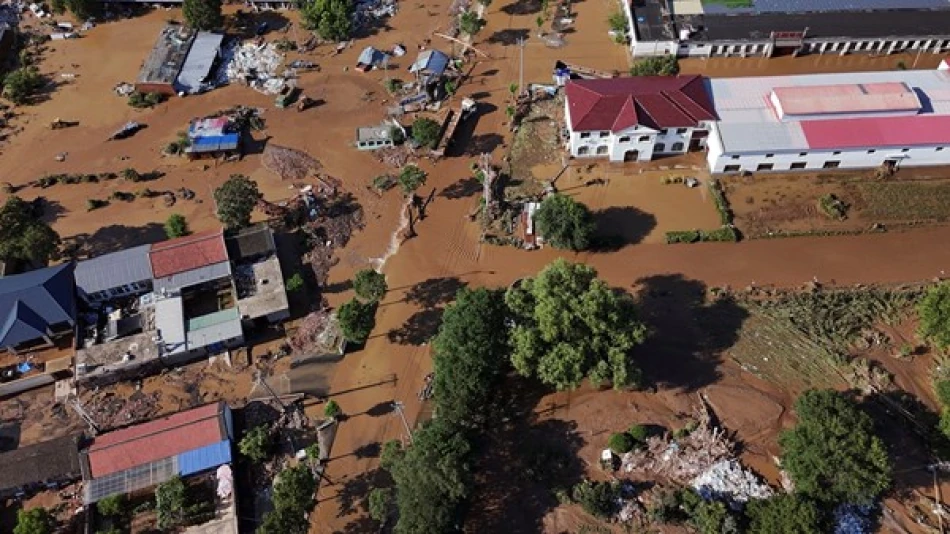
Heavy Rains Claim Dozens of Lives in China
Beijing's Deadliest Floods in Years Expose China's Climate Vulnerability
Extreme flooding has killed at least 60 people across northern China in the past week, with Beijing suffering its worst deluge in years. The tragedy highlights the growing climate risks facing China's densely populated urban centers and raises questions about disaster preparedness in a nation increasingly vulnerable to extreme weather events.
Unprecedented Rainfall Devastates Capital Region
The mountainous Miyun district in Beijing bore the brunt of what officials describe as one of the most violent flood episodes to hit the Chinese capital in recent memory. Among the victims, 31 elderly residents died at a care facility in Miyun, underscoring the particular vulnerability of China's aging population during natural disasters.
Beijing Deputy Mayor Xia Linmao confirmed that 44 people had died in the capital region by Thursday afternoon, with nine others still missing. The human toll reflects the sheer intensity of rainfall that peaked on Monday, when Miyun recorded 573.5 millimeters of precipitation – nearly the entire annual average for Beijing, which typically receives around 600 millimeters per year.
Regional Impact Spreads Beyond Beijing
The flooding's reach extended well beyond Beijing's administrative boundaries. In neighboring Hebei Province, authorities reported 16 additional deaths, with the city of Chengde particularly hard hit. Eight people died in Chengde itself, while 18 remain missing in what has become a regional disaster.
The proximity of these deaths to the Miyun Reservoir – northern China's largest water storage facility – suggests the flooding may have been exacerbated by water management challenges. Villages within 25 kilometers of the reservoir experienced some of the worst impacts, with one community north of the reservoir losing eight residents to a Monday landslide.
Climate Change Amplifies Urban Flood Risks
This disaster fits a troubling pattern of increasingly severe weather events across China. The country has experienced more frequent and intense rainfall in recent years, a trend climate scientists link to global warming's impact on atmospheric moisture and storm systems.
Beijing's vulnerability is particularly acute due to its geographic position. Surrounded by mountains that can channel and concentrate rainfall, the capital sits in a natural basin where water accumulates rapidly during extreme precipitation events. The city's rapid urbanization has also reduced natural drainage capacity, creating conditions where even moderate rainfall can cause significant flooding.
Economic and Social Implications
Beyond the immediate human tragedy, these floods expose broader challenges for China's development model. The concentration of elderly residents in care facilities – a growing necessity as China ages – creates new disaster vulnerabilities that require specialized emergency planning.
The economic disruption extends across one of China's most important regions, affecting transportation, agriculture, and industrial activity around the capital. Such events increasingly strain local government resources and highlight the need for enhanced climate adaptation infrastructure.
Lessons for Disaster Preparedness
The scale of casualties, particularly among vulnerable populations, suggests gaps in China's disaster response systems despite significant investments in flood control infrastructure. The concentration of deaths in rural areas and care facilities indicates that early warning systems and evacuation procedures may need strengthening in communities outside major urban centers.
As extreme weather becomes more frequent globally, Beijing's experience offers sobering lessons for other major cities facing similar climate pressures. The challenge lies not just in building physical defenses against flooding, but in developing comprehensive systems that protect the most vulnerable residents when those defenses are overwhelmed.
Most Viewed News

 Layla Al Mansoori
Layla Al Mansoori






